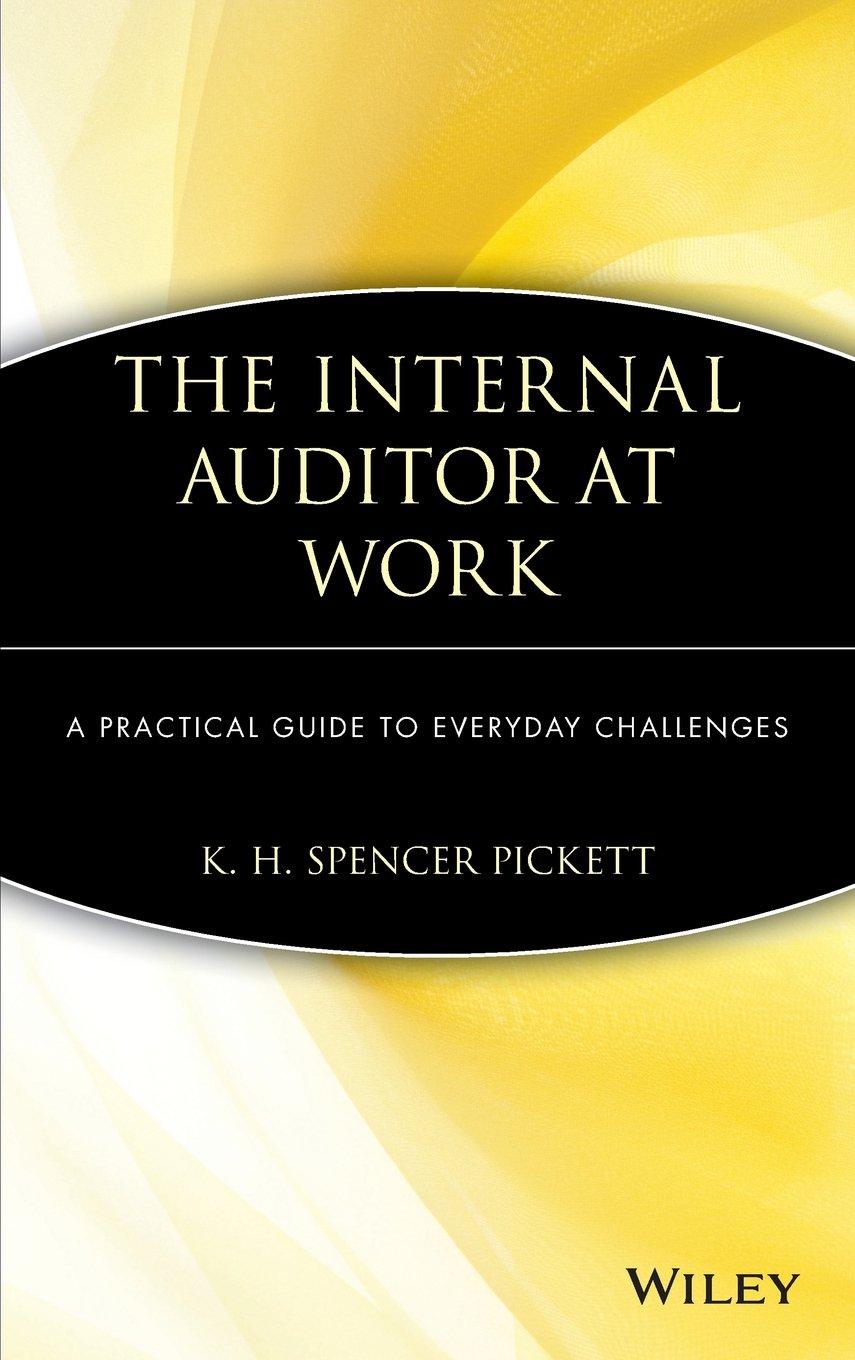How Much to Save Case Study After spending several months researching how to go about planning their retirement and paying for their children's education, Steve and Lucy decided to meet Andrew Billingsley, a friend and personal financial adviser. Steve told Andrew that he was very concerned about the future high cost of education and that he wanted some advice on how to plan ahead. He became concerned after he read several articles about the spread between education inflation and cost-of-living inflation. Between now and 2030 , a $100 cost-of-living expense would rise to $400, while a $100 education expense would increase to $500 Steve and Lucy are both university graduates doing extremely well. Steve works as an accountant in a government agency while Lucy is employed as a librarian at a university. Both are making a contribution to a pension fund with their respective employers that would provide a combined pension of $65,000 a year in addition to their Canada Pension Plan. They are both 30 years old and plan to retire at 55 ; that is, 25 years from now. Steve and his wife wanted to make a combined $2,500 annual investment in a registered retirement savings plan (RRSP). Andrew examined several mortgage, bond, afid equity fund performances over the last 10 years and pointed out that they could expect to earn, on average, 10% over the 25-year lifespan if they invested in an equity fund. The couple was also interested in saving money for the education of their three children: Sylvia (one year old), Phil (two years old), and Michael (six years old). They wanted to have enough money to pay for a university degree for their three children when each reached the age of 20 . After reading several brochures published by Canadian banks, they learned that the cost of a four-year university education by the time their children reached their 20 th birthday would be as follows: - Sylvia: $58,000 - Phil: $55,000 - Michael: $48,000 Steve and Lucy wanted to make a contribution each year for their three children. The Canadian government would contribute 20% through the registered education savings plan (RESP) for a maximum of up to $500 per child. Andrew indicated that the performance funds for this program are estimated to earn 8% a year tax-free over the life of the fund. Steve and Lucy wondered: Required: 1. How much they would have in their registered retirement savings account by the time they retire, and 2. How much they would have to save each year (after the government contribution) in order to have enough money for their children's education by the time they each reach their 20 th birthday. 1) How much will Steve and Lucy have by the time they retire ( 5 Marks)? 2) How much will need to be invested in each child's RESP (15 Marks)? Sylvia: Phil: Michael








